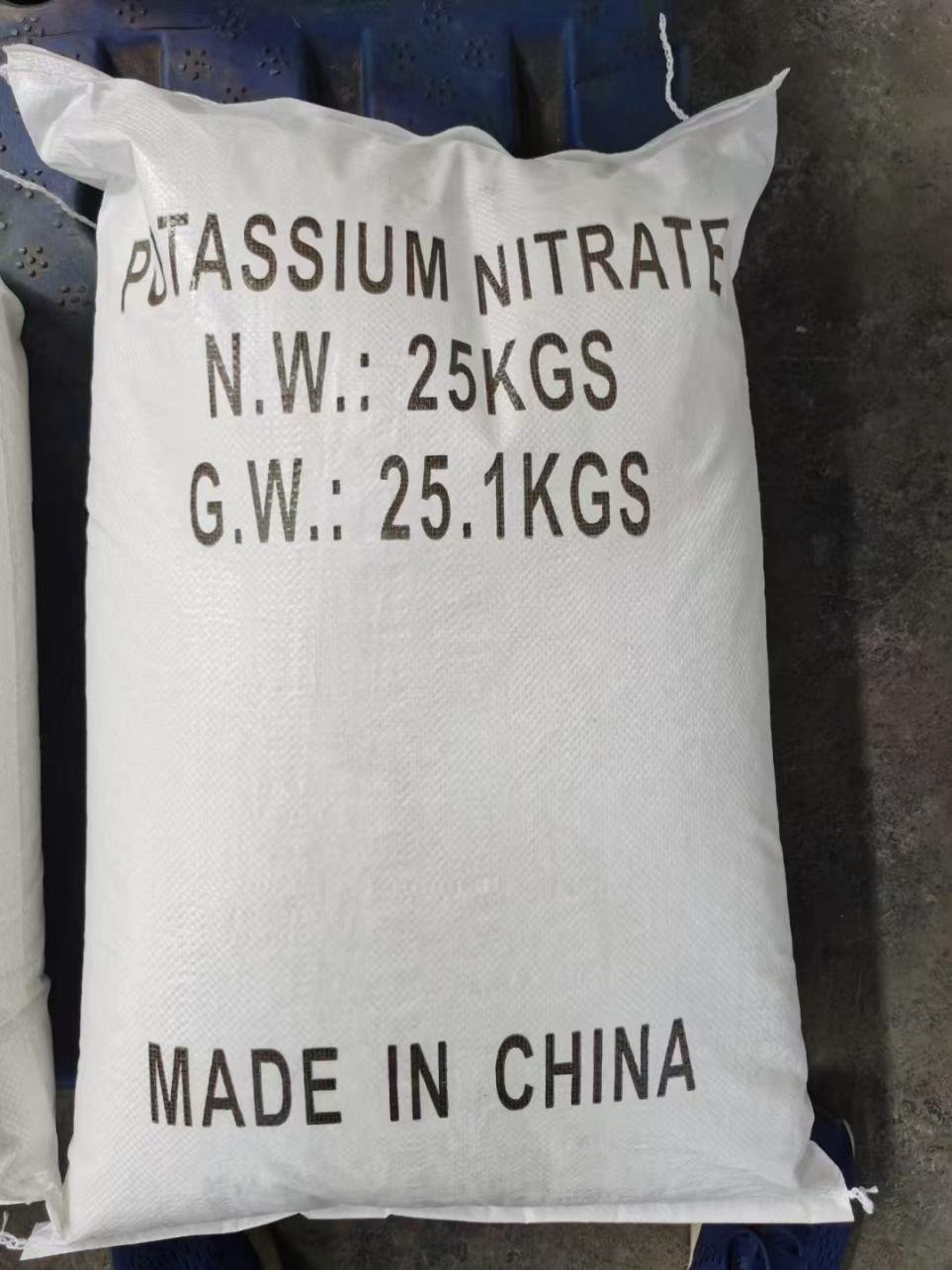Potassium nitrate is both an important industrial raw material and a high-quality, chloride-free potassium-nitrogen compound fertilizer. The global potassium nitrate market has fluctuated in recent years.

Current Market Situation in China: Loose Supply and Demand, Pressured Prices
In April 2025, the domestic potassium nitrate market will be weak, with high quotes in Southwest China and falling prices in East and North China. The industry's operating rate is approximately 60%, leading to inventory backlogs and continued weak demand from downstream water-soluble fertilizer companies.
Regional Structure: China Dominates Production Capacity, Southeast Asia Becomes the Export Focus
With an annual output of 813,400 tons (2023), China remains the world's largest producer, with Sichuan and Yunnan as its core production areas. In the same year, China exported 84,700 tons, primarily to Southeast Asian markets such as India, Japan, and Indonesia, while importing only 2,000 tons, highlighting its international competitive advantage.
Core Growth Drivers
Agricultural modernization demand: Global population growth is driving the use of high-efficiency fertilizers, and the expansion of the water-soluble fertilizer market is driving demand for potassium nitrate. The market is expected to reach $7.45 billion in 2032 (from a 2024 base of $5.7 billion, with a CAGR of 3.4%).
Expansion in non-agricultural fields: Demand is growing in food processing (FDA-certified preservatives) and fireworks manufacturing, and it can also be used in glass manufacturing, metal processing and other fields.
Future Outlook
By 2030, the global potassium nitrate market is expected to demonstrate a "steady growth in agriculture and explosive growth in industry": agricultural demand will remain stable at 65%, while emerging applications such as new energy and electronic chemicals will increase from 10% to 25%. Chinese companies need to leverage technological upgrades (such as industrial symbiosis processes) and international certifications (such as ISO 17025) to establish competitive advantages in the high-end market.





